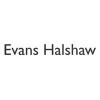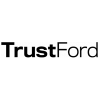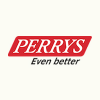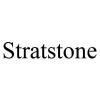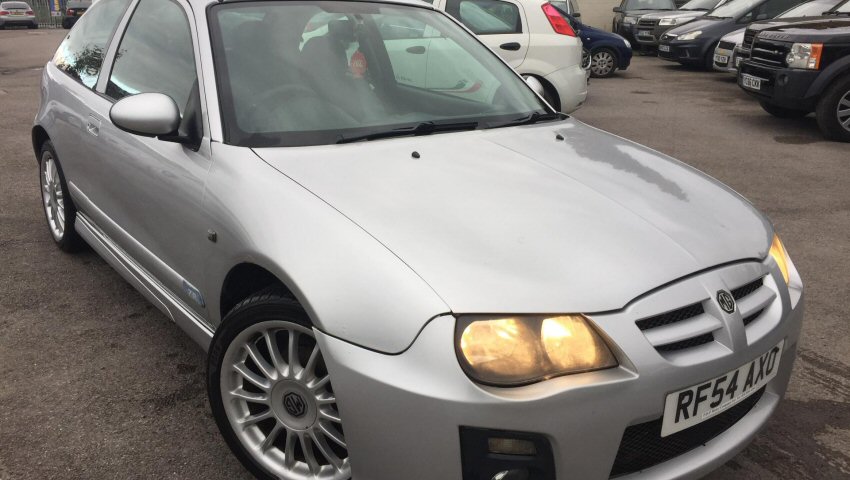
Cheap and Cheerful: The MG ZR
Since this is the first article in our brand-new ĎCheap and Cheerfulí section, let me give you the basic premise behind it. The goal of ĎCheap and Cheerfulí is to highlight cars that are, as the name would imply, affordable and fun. These might be cars that are exciting to drive, cars that are destined to be future classics one day, or just great vehicles all-around. Unlike our ĎCaught in the classifiedsí section, Iím imposing a loose cap budget in this section of £5,000.
The idea is to showcase cars which prove you donít need to spend a ton of money to drive something interesting and fun. Kicking things off in this first instalment of the series is an unlikely candidate, but one I find extremely appealing: the MG ZR. Built between 2001 and 2005, the ZR was MGís hot hatchback variant of the Rover 25 supermini. Compared to the Rover 25, the ZR had a whole plethora of modifications and performance enhancements to make it sportier, including but not limited to sports suspension, unique body kit, and a performance exhaust.
Built to compete against cars like Renaultís Sport Clio 172 (and subsequently 182), the MG ZR proved to be a formidable rival, despite the fact it never sold in the same vulgar numbers most of its German and French rivals did. For MG, the ZR proved to be a massive success. They managed to sell tens of thousands of them, and in 2004, it became MG Roverís best-selling car.
Exterior
The MG ZR was an extremely good-looking hot hatchback in its day. If you value understated aggression and subtlety, you probably still find it handsome, especially lined up against any modern hot hatch. The ZR was, for many people, the car which could finally take the fight to the likes of Renault and their Clio.
The Clio 182 wasnít as subtle as the ZR. With its massively flared arches and often quite bold yellow colour, the 182 was the complete opposite of understated performance. The ZR, on the other hand, had a much more elegant and dignified view of what a hot hatchback should look like.
Its subtle body kit, complete with a different front bumper, different side skirts, revised rear diffuser, and even a noticeable roof spoiler, made the ZR stand out from the regular Rover 25, but not to the point where it would draw unnecessary attention to itself.
Interior
If you take a look at a ZRís cabin today, youíll probably describe it as spartan, but it was more than decent back in its day. You have to remember this is a car that was designed in the late 1990s and built in the early 2000s. If youíre expecting new-age gadgets like an infotainment system, navigation, or even a trip computer, then look elsewhere.
The whole point of the ZR was to be as simple as possible. MG designed it to be affordable when new in order to appeal to younger buyers who were attracted by deals such as free (or cheap) insurance and various discounts. As a result, the cabin isnít luxurious or special, but itís completely functional.
The ZR is a sporty hatchback, so things like expensive materials and premium build quality take a back seat in favour of driving characteristics and having fun. Luckily, MG realized this, and thatís where most of the money went. Inside, everything you interact with and touch is functional, even if a bit plastic-y.
The seating position is superb though, as is the three-spoke steering wheel. Nowadays, weíre used to having three-spoke steering wheels in performance cars, but that wasnít common practice back then. Cabin space is decent for what it is, especially in the front, but the back row is only suitable for two adults on shorter journeys(although you can squeeze three in a pinch).
Engine and Performance
Offered in three distinct variants, called the 105, 120, and 160 respectively, each trim level indicated how much power the car had. The flagship 160 came with a 1.8-litre K-Series VVC engine and, predictably, 160 bhp. The 120 actually used the same engine but without VVC, so it only made 115 bhp. The base ZR 105 came with a 16-valve 1.4-litre K-series engine, producing 102 bhp and 91 lb-ft of torque, which is what this car has.
Donít let those figures fool you though, because the ZR doesnít exactly weight a lot. The 105 variant can hit 60 mph in 9.7 seconds and top out at 111 mph, which is more than enough to make it spritely and fun. If you want more performance, go for a ZR 160 and youíll be greeted by a 7.4-second run to 62 mph, and a 131 mph top speed.
All ZRs are front-wheel-drive and use a manual gearbox (except the 1.8 ZR 120 version which was also offered with an auto called Steptronic). The ZR was always an interesting little hot hatch. Back in the day when it first made its debut, it received a lot of praise from car journalists and reviewers about the way it drove and handled. Not held back by any modern safety systems or electronic nannies, the ZR is fun precisely because itís simple and straight-forward.
It doesnít weigh a lot, the K-series engines like to rev, and the steering is full of feel, something modern hatchback can learn a thing or two about. Donít get me wrong, the ZR isnít a quick car by any stretch of the imagination, but itís spritely enough to make it exciting. You can have fun on the public road without breaking the speed limit and losing your license. Even driving around at normal speeds is an event, so you donít have to go ludicrous to enjoy yourself.
Model: MG ZR
Year: 2004
Trim: Trophy SE 3dr
Mileage: 101,000
Price: £1,399
Conclusion
Iím not sure the ZR has the potential to become a future classic, but thatís not why you buy a ZR in the first place. You buy a ZR because itís the best way of having the most amount of fun for the least amount of money. A Clio 182 will set you back anywhere between £3,000 and £5,000, more than double what the ZR costs. If you need a fun daily or just something to enjoy on the weekends, why not get a ZR? Plus, if you ever decide to do track days, theyíre super reliable and the aftermarket community is there to support it. Find yours by checking out the used MG ZR cars for sale available right now on DesperateSeller.co.uk.
DesperateSeller.co.uk rating: 9 out of 10







